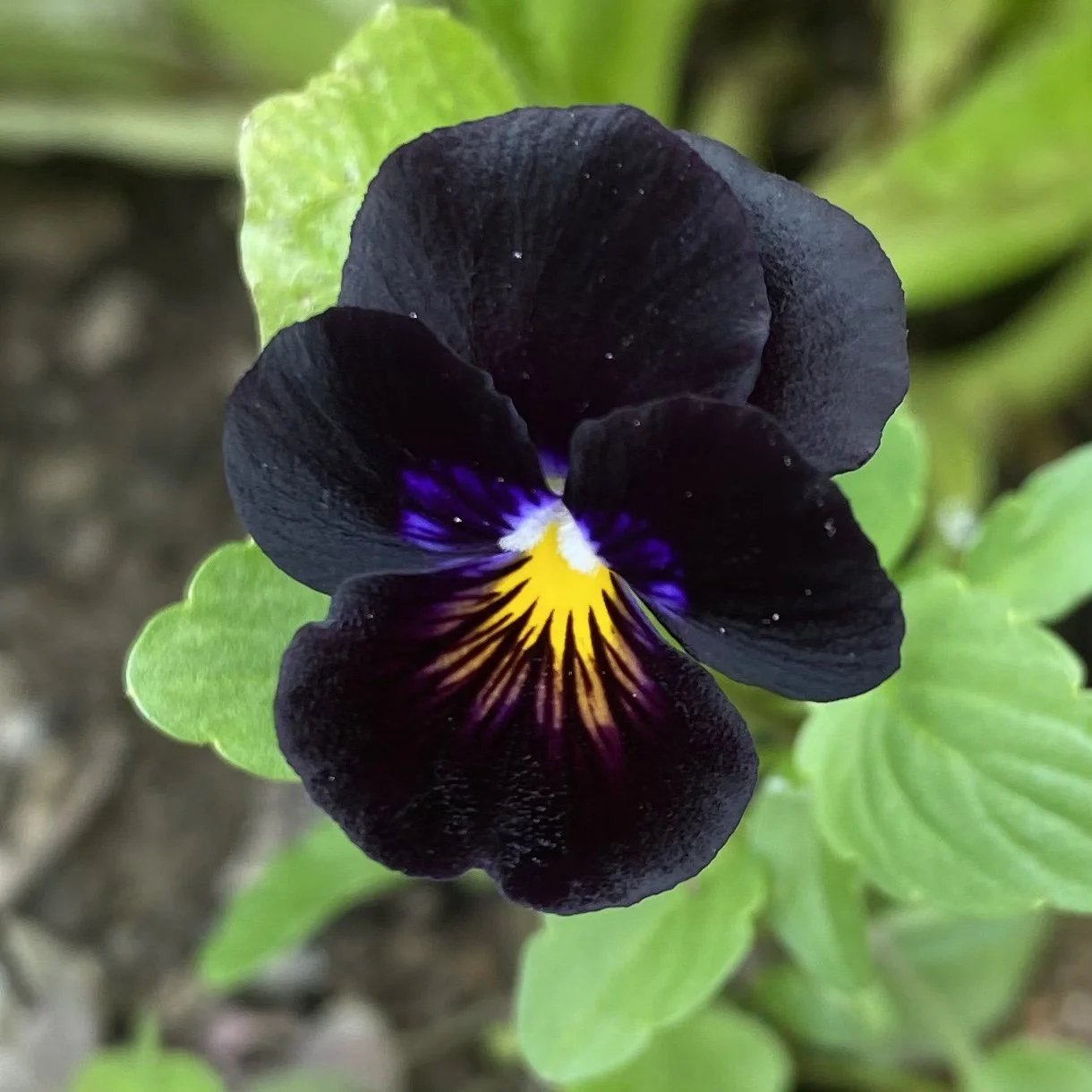Bowles’ Black Viola
Bowles’ Black Viola
BOWLES’ BLACK VIOLA SEEDS
Viola cornuta
According to author Alex Pankhurst, Edward Augustus Bowles was probably the greatest amateur gardener of his time. Several extraordinary plants bear his name, either because he “discovered” them or in honor of him, including this tiny viola, first offered to the public in 1901 by Perry’s Hardy Plant Farm.
Nearly black in color and sporting a haloed yellow eye, Bowles’ Black Viola is possibly best appreciated growing and self-sowing politely amongst the lettuces. It can grow almost anywhere, appearing quite suddenly in late winter after the first or second thaw. It will cross easily with other V. cornutas, so grow only this variety or sow it each year.
Germinates best with stratification, or at consistently cool temperatures indoors or out. Sow directly into the garden in late winter or start indoors several weeks before soil can be worked: press seeds into moist soil, just covering with additional soil or fine vermiculite and mist generously. Cover with plastic to maintain moisture. Kept moist at 50°-60°F, seeds will germinate within a few weeks. Seeds prefer to germinate in darkness and cool temperatures. Once germinated and having a set or two of true leaves, prick out seedlings and grow on in individual pots or cells in cool temperatures and not-too-bright light. Transplant outdoors as soon as soil can be worked, along with head lettuce and chicories. Pinch leggy seedlings to just above the first set of true leaves.
Bowles’ Black is listed as a biennial, but it will often bloom the first year if started early.
Packet contains a minimum of 100 seeds.
